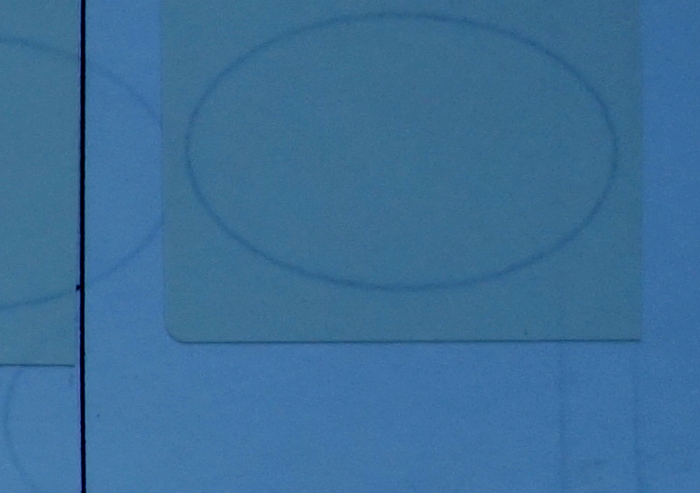music we'd like to hear
richard emsley – the complete still/s cycle
2022

'...a beautifully poised and paced performance...'
Jennie Gottschalk
Experimental Music Since 1970
music we'd like to hear
We are a collective of musicians and composers who, since 2005, have been creating a one-of-a-kind space where we welcome listeners to come together to share and celebrate new and neglected contemporary music. We hand-pick the programmes with the aim of sharing our fascination and enthusiasm with everyone. We provide a platform for creative & experimental work, for showcasing emerging talent, and for promoting learning and collaboration.
As a not-for-profit organisation, our ability to sustain this series depends solely on ticket sales, funding awards, and donations, with all of the proceeds going towards the musicians and composers. We strive to keep ticket prices affordable so that as many as possible can experience these exceptional events.
Please consider supporting Music We'd Like to Hear with a one-off or regular donation. Every contribution helps us to continue providing this space for inspiring music from our world-wide community.
The first piece in the Still/s cycle was composed in collaboration with the painter Joan Key, to be played alongside a group of her paintings that were made for the group exhibition Colour White at the De La Warr Pavilion in Bexhill. Early in 2002, Key made six paintings – Six White Paintings for Composition. These were small boards on which she painted a motif of blue-grey circles or semicircles reminiscent of noteheads. Moving one painting at a time, Key and Emsley created abstract ‘still life’ arrangements, which Key subsequently translated into drawings, marking out the distances between the painted ‘noteheads’. By reading these drawings from left to right, Emsley created a series of nine measurements, which he translated into nine durations. These durations became inputs for a compositional algorithm which he used to create nine sections of music for solo cello, listening to the algorithm’s outputs and making adjustments to it as required.
Having composed the first of his Still/s pieces this way, initially as a self-contained work, Emsley sought ways in which to elaborate the discoveries he made within it across a twenty-four-piece cycle. Variety was added in ways that worked with the freedoms granted by his system (timbre, instrumental combinations, interval combinations) or against its resistances (figuration types, numbers of sections). As a whole, the cycle may be read as a catalogue of the various affordances and valences contained within the original seed, brought to the fore by working with and among its possibilities: a collection of willow baskets made with stems of different lengths and woods, on different occasions and for different purposes.
What Emsley developed in Still/s is not a form-based way of making but a practice, out of which forms might be discovered, and which requires, like basket weaving, skills of attentiveness – what John Cage once called ‘response-ability’. As Emsley composes, he listens; as he listens, he composes. The origins and subsequent elaborations of both for piano and Still/s show how the music itself has altered him and his ways of working. The pieces themselves reactivate this correspondenceas we listen to them: they refuse completeness or finished form even as they draw us into close attention. As Emsley himself says, ‘When you listen to these little phrases you can never say if something is an opening phrase or a closing phrase, you never get that structure. It’s like looking down a flat road with no features in it.’
st mary at hill
lovat lane
london ec3r 8ee
nearest tube
bank (exit 5)
london bridge